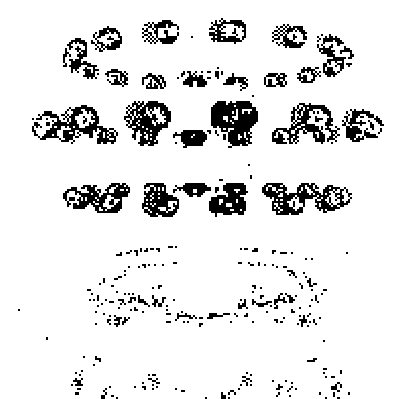IMDb user review of Hayao Miyazaki's recent (2008) kid's movie, Ponyo, with irritated commentary in italics. Not to pick on whomever, but 99% of internet criticism reads exactly like this--it gets old.
As a long-time fan of Studio Ghibli and especially Hayao Miyazaki films, I went to the film right on the opening day.
Oh, good.
When I went out of the theater I had this strange feeling that something was missing, this "magical" feeling I was experiencing in all Miyazaki films before, but I couldn't say why it failed this time.
But you will!
After I thought about the other Ghibli movies, I may know the reason: this film had most of the elements of a great Miyazaki anime: cute characters, wonderful key animation, a great soundtrack composed by Joe Hisaishi and the warm story telling giving you the feeling of watching a high quality Japanese animation film.
Those are in your list of elements????However, two elements were lacking: a deep story and dramaturgy.
But this movie is aimed at 5 year olds!
The purpose of this film was obviously to entertain small children with a simple story line as in case of "Totoro", so a complicated story as been told in "Spirited Away" or "Princess Mononoke" is not really necessary, but on the other hand, this story was simply too superficial.
Or superficially too simple.
I could not connect to the main characters, because there was no character development, dramatic scenes were only limited and did not last very long.
If you were 5 you would love that!
I really hate to give only 7 stars for a Miyazaki film, because I would give 10 stars to all previous movies right away, but this time it was simply not this wonderful "ghibli experience".
Your rating will surely destroy the studio's career.

